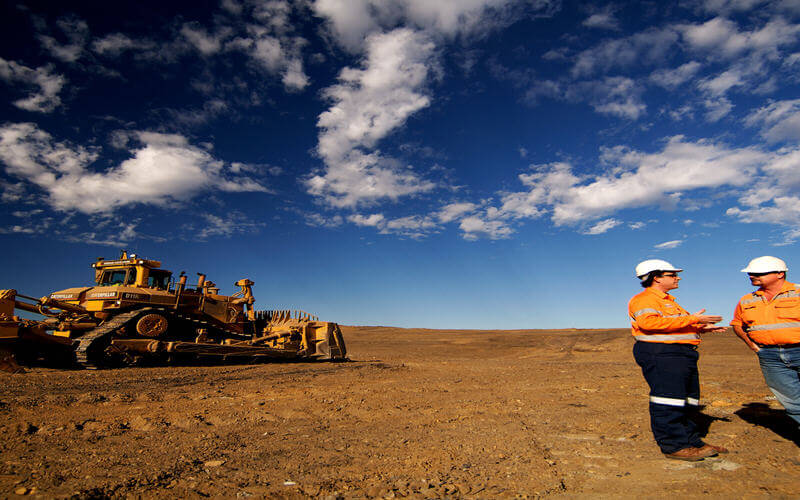
Industrial commodities are on a tear. Oil, copper and niche metals lsuch as cobalt all shot to multiyear highs in recent weeks, buoyed partly by the strongest and most widespread global growth since the financial crisis.
The move, which has seen Brent crude top $60 for the first time in two years and copper pass $7,000 last month, has been accompanied by renewed interest from investors and hedge funds who had largely abandoned the sector during a brutal slump over the past three years.
Now, with growth picking up and commodity markets tightening due to under-investment and producers’ attempts to rein in output, some industry executives and analysts say funds are again treating commodities as the go-to assets to profit from global growth.
They caution, however, that while the commodity cycle appears to be turning this is not a repeat of the so-called “supercycles” that propelled oil and metals to record highs last decade, as China’s rapid industrialisation caught the industry napping.
“We are in the upswing of a classic commodity cycle but this time — while demand is strong — it is being driven by supply constraints rather than a sudden surge in consumption that the industry just wasn’t ready for,” said Julian Kettle, vice-chairman of metals and mining at Wood Mackenzie.
“The last five years there has been under-investment in metals and to a certain degree energy, and while supplies are relatively comfortable investors are starting to see that producers are risking storing up problems for the future.”
The issue, analysts say, is that miners and oil producers were so badly burnt by the commodity crash that they have pulled investment from new projects during the downturn.
While demand is not soaring at the rate it was last decade, it is now expanding quickly enough to provoke concerns about future supplies, drawing in investors who want to tap into global growth and to have a possible hedge against rising inflation.
“The herd-like behaviour from investors is certainly reminiscent of what we saw a decade ago,” said Caroline Bain, chief commodities economist at Capital Economics in London. “But a lot of this optimism we’re seeing is about future demand. The crash in prices has caused much lower investment.”
Take oil, for example. Swiss commodity house Trafigura was one of the first to sound the alarm in September when it warned demand could exceed supply by as much as 4m barrels a day by the end of this decade, after energy companies halted $1tn of spending on new production during the oil crash.
While the market is currently being propped up by Opec supply cuts, doubts are growing that the US shale industry will be able to meet future demand growth wholly on its own, which is forecast to keep expanding even as electric cars become a bigger part of the market. Hedge funds have amassed a near-record bet on higher Brent crude oil prices in recent weeks.
Source: www.ft.com